How to Fix the Windows Update Error 0x8007054F on Windows 11
The Windows update error 0x8007054F occurs when the users attempt to upgrade their Windows 11 system to the latest build available. This error typically shows up during attempts to install the KB51018483 update. However, it can occur with other updates as well.
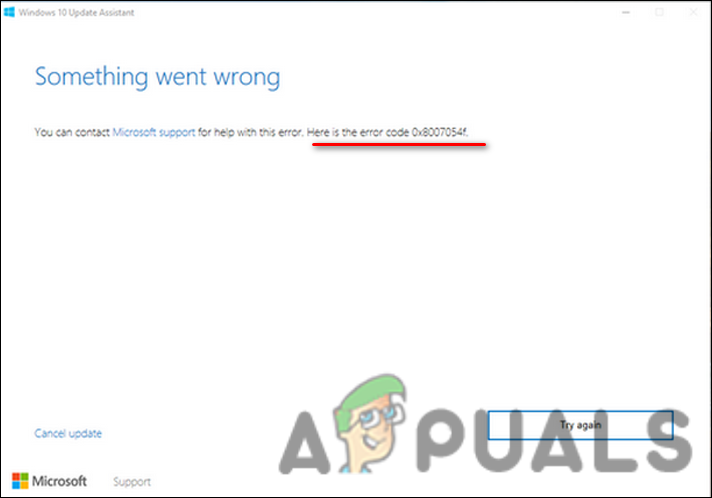
The error only states that ‘Something went wrong’, which makes it a bit difficult to identify the cause of the issue and implement the relevant solutions. Below, we have mentioned some tried and tested troubleshooting methods that worked for other users in fixing the problem. Proceed with the one that fits your situation the best.
1. Run the Windows Update Troubleshooter
Running the Windows update troubleshooter is a good place to start troubleshooting whenever your system cannot install the updates. This troubleshooter is designed by Microsoft to scan your computer for update-related errors and fix the ones that are identified.
You can run the Windows update troubleshooter via the Settings app.
Here is how you can do that:
- Press Win + I together to open Windows Settings.
- Choose System from the left pane and click on Troubleshoot on the right side of the window.
- In the next window, click on Other troubleshooter.
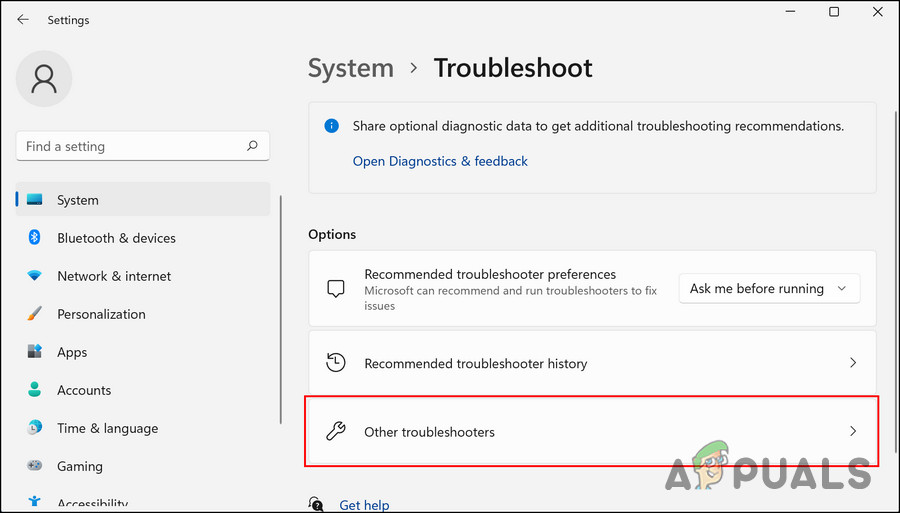
Click on Other troubleshooters - Now, locate the Windows Update troubleshooter and click on Run associated with it. The troubleshooter will now begin scanning the system for errors. Wait for the process to complete.
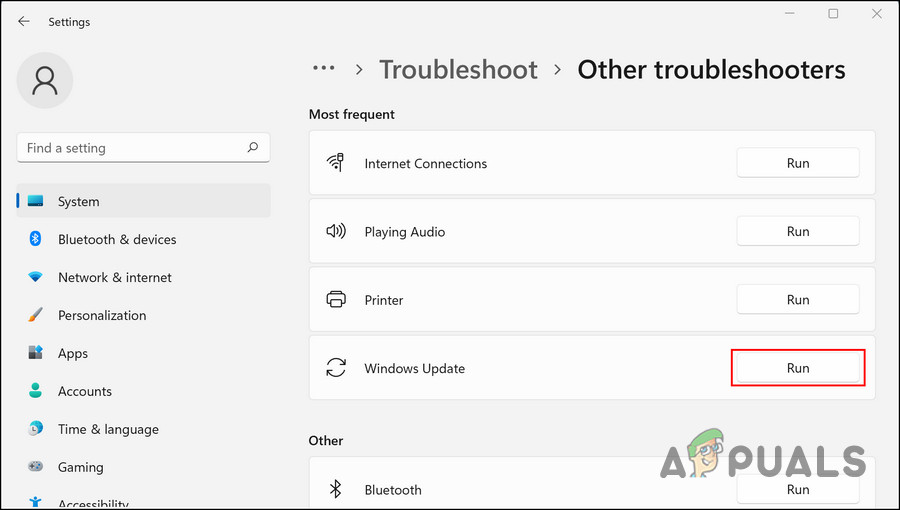
Click on the Run button for Windows Update troubleshooter - Once the troubleshooter has completed its scanning process, it will notify you.
- If the troubleshooter has identified any fixes, click on Apply this fix. This will implement the fix suggested by the troubleshooter.
- If the utility fails to find the problem, click on Close the troubleshooter and move to the next method below.
2. Reset Windows Update Services and Cache
The system requires functioning update services and other relevant components to install the updates successfully. There is a chance that one more of these services is disabled or just not working properly, which is leading to the issue at hand.
The easiest way to get these services up and components up and running again is by resetting the Windows Update service and cache. For this purpose, we have created a batch file that will make the entire process simpler for you. However, before we proceed, we recommend creating a restore point on the system. This will take a snapshot of the current system state and help you revert to this state if anything goes wrong during the process.
Once the restore point is created, follow these steps:
- Click here to download the bat file.
- Wait for the file to download, and then right-click on it.
- Choose Run as administrator.
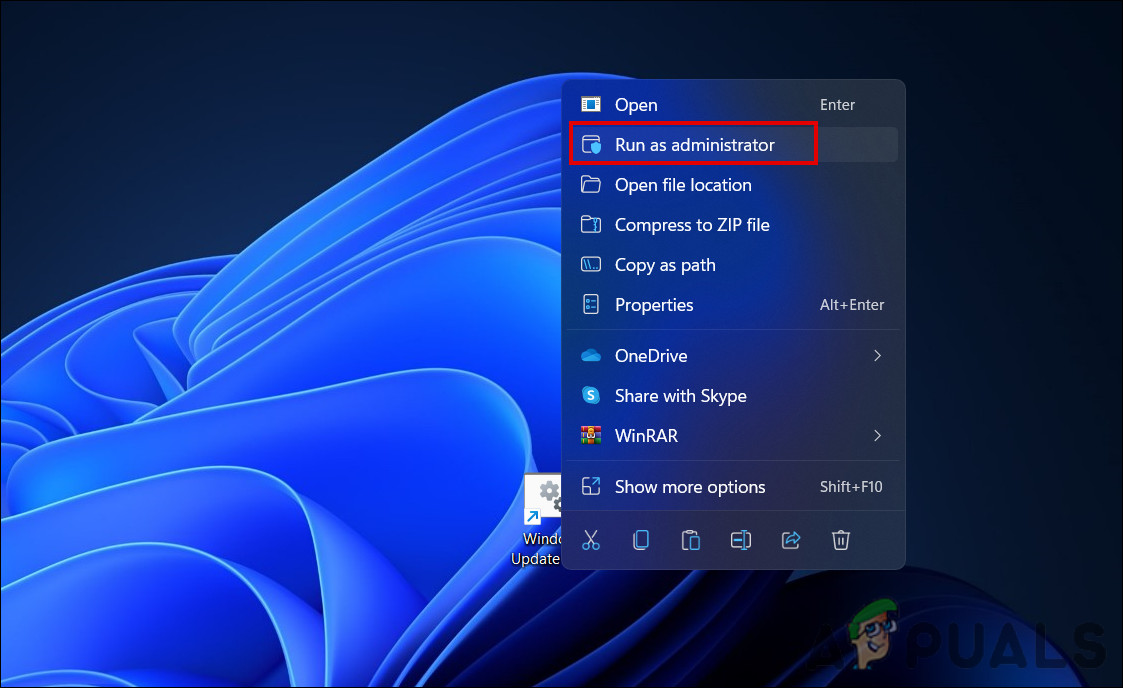
Run the bat file as administrator - Wait for the process to complete, and then restart your computer.
3. Run System Scans
Additionally, you can use other system troubleshooting utilities such as SFC and DISM if the Windows troubleshooter was of no use in identifying and fixing the problem.
The System File Checker, as the name suggests, scans the protected system files for errors and inconsistencies. In the event SFC finds a corrupt file, it replaces it with a healthier version from its cache. DISM, on the other hand, repairs the system image.
Make sure you are logged into Windows as an administrator before continuing because we will be running these tools from the Command Prompt.
Here is all that you need to do:
- Open Command Prompt as an administrator by following the steps above.
- Click Yes in the User Account Control prompt.
- In the Command Prompt window, type the command mentioned below and hit Enter.
sfc /scannow
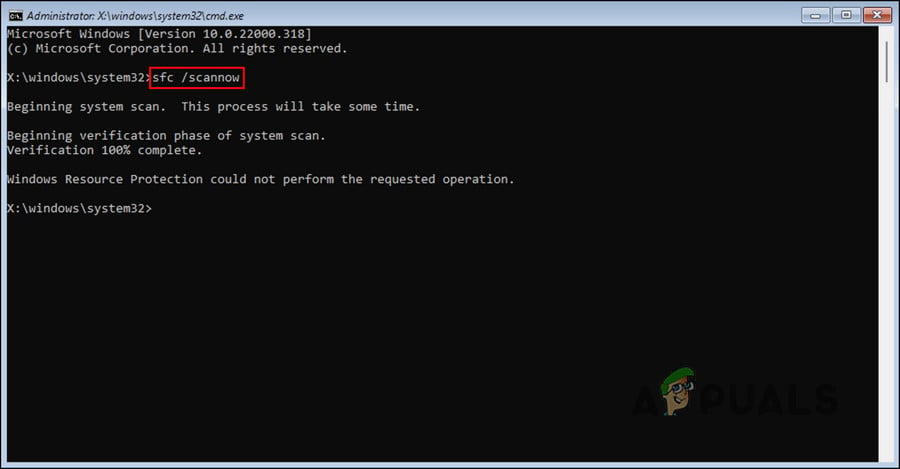
Run the SFC scan - After the command has been executed, execute the following command:
Dism /Online /Cleanup-Image /ScanHealth
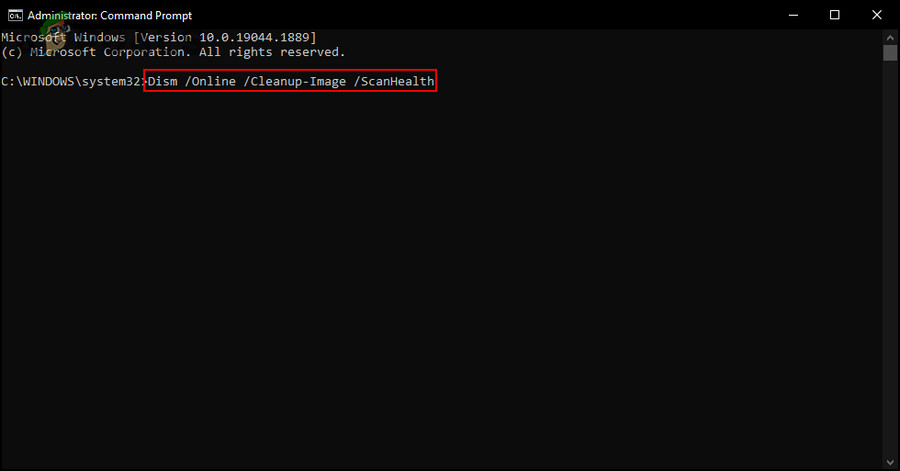
Scan the system for issues - Next, proceed with the following command:
Dism /Online /Cleanup-Image /RestoreHealth
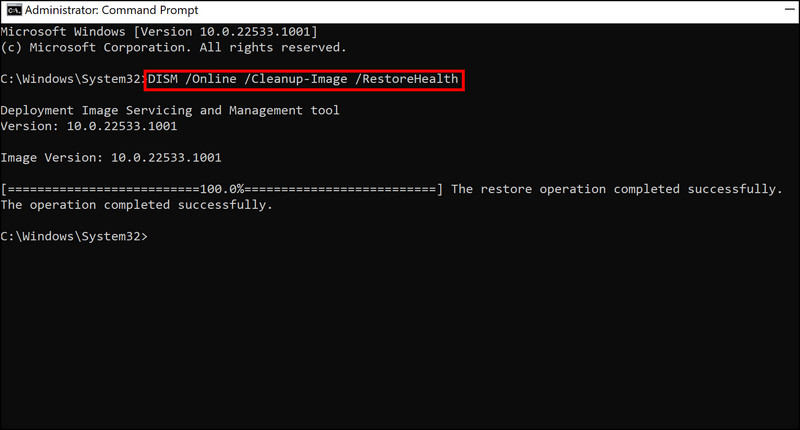
Restore the health of the system
After executing the command, close the Command Prompt window and see if you can now install the update successfully.
4. Disable Bitlocker (If Applicable)
You might also not be able to install the update because the Bitlocker is enabled, which is interrupting the system’s process of installing the update.
If this scenario is applicable, disable the Bitlocker to install the update.
Here is what you need to do:
- Type Bitlocker in Windows search and click Open.
- In the following window, click on the Turn off Bitlocker hyperlink. You will need administrative access for this.
- Once done, try to install the update again.
5. Install the Update Manually
Another way of installing the updates that the system itself cannot install automatically is by using the Microsoft Update catalog. This directory lists all the updates released by Microsoft, which you can easily download.
Here is how you can use the Microsoft Update Catalog to install the updates manually:
- Launch your browser and navigate to the Microsoft Update catalog.
- Use the search bar to search for the update that is causing the error at hand.
- Once the results are displayed, find the most appropriate option for you according to your device and click on the Download button for it.
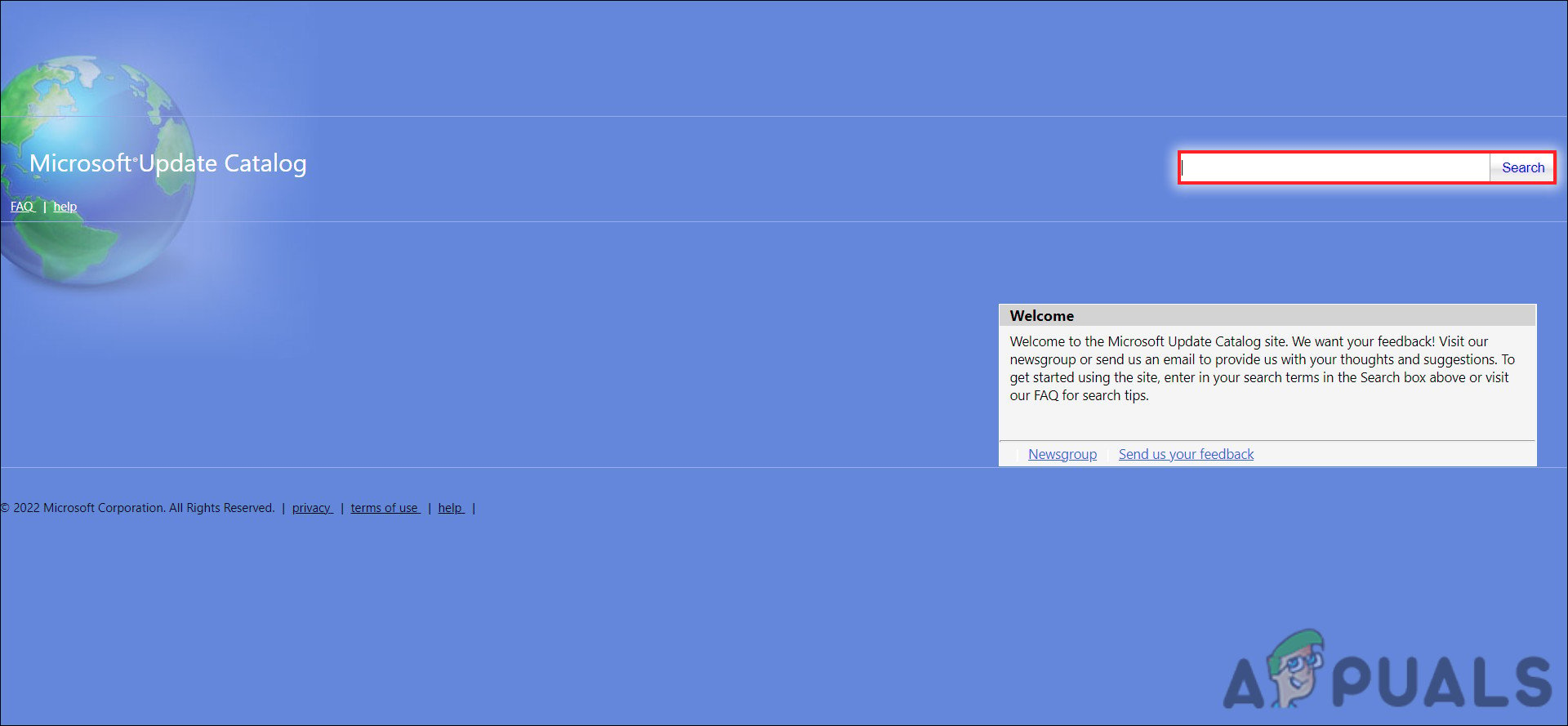
Search for the update in the catalog - Wait for the file to download, and then click on it.
- Follow the on-screen instructions to complete the installation process.





